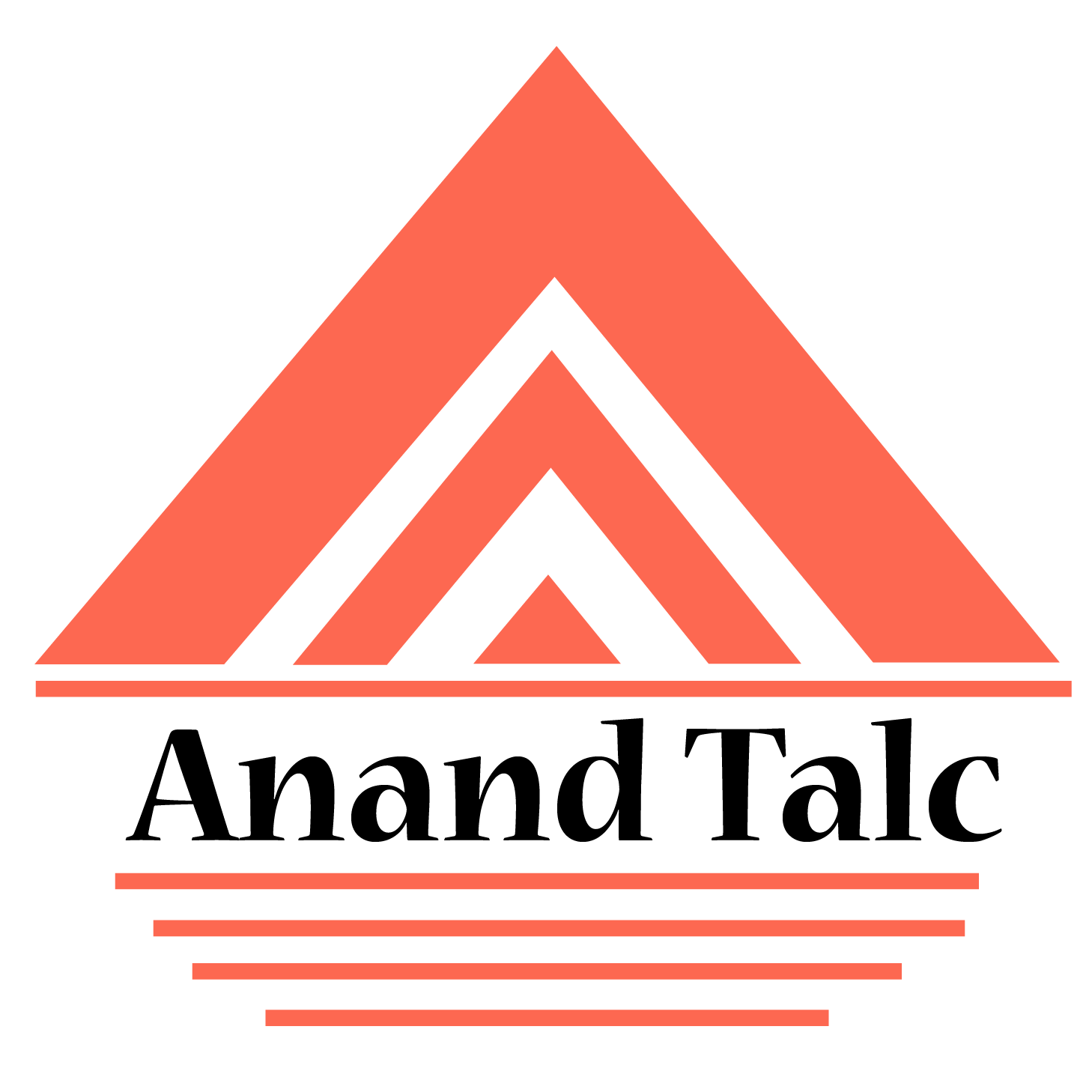Feldspar in Ceramics

Feldspar, a group of minerals primarily composed of aluminum silicates with varying amounts of potassium, sodium, and calcium, is extensively used in the ceramics industry for various purposes. One of the primary functions of feldspar in ceramics is as a fluxing agent. Feldspar lowers the melting temperature of ceramic materials, promoting fusion and vitrification during firing. By reducing the energy required for sintering, feldspar improves the efficiency of ceramic production processes and helps to achieve denser and more homogeneous ceramic bodies. This fluxing action also enhances the mechanical strength, durability, and chemical stability of ceramic products.
Moreover, feldspar serves as a filler and extender in ceramic formulations. Feldspar particles are added to ceramic clay bodies to improve properties such as plasticity, workability, and dimensional stability. As a filler, feldspar helps to reduce shrinkage and cracking during drying and firing, resulting in smoother and more uniform ceramic surfaces. Additionally, feldspar fillers contribute to the bulkiness and weight of ceramic products, reducing material costs and improving production efficiency.
Furthermore, feldspar is valued for its ability to impart whiteness and opacity to ceramic materials. Feldspar-based ceramic glazes and engobes are used to achieve bright and uniform colors on ceramic surfaces, enhancing their aesthetic appeal and marketability. Feldspar coatings also help to improve the coverage and hiding power of ceramic glazes, ensuring consistent and vibrant finishes on ceramic products.
Feldspar in Ceramics

Feldspar, a group of minerals primarily composed of aluminum silicates with varying amounts of potassium, sodium, and calcium, is extensively used in the ceramics industry for various purposes. One of the primary functions of feldspar in ceramics is as a fluxing agent. Feldspar lowers the melting temperature of ceramic materials, promoting fusion and vitrification during firing. By reducing the energy required for sintering, feldspar improves the efficiency of ceramic production processes and helps to achieve denser and more homogeneous ceramic bodies. This fluxing action also enhances the mechanical strength, durability, and chemical stability of ceramic products.
Moreover, feldspar serves as a filler and extender in ceramic formulations. Feldspar particles are added to ceramic clay bodies to improve properties such as plasticity, workability, and dimensional stability. As a filler, feldspar helps to reduce shrinkage and cracking during drying and firing, resulting in smoother and more uniform ceramic surfaces. Additionally, feldspar fillers contribute to the bulkiness and weight of ceramic products, reducing material costs and improving production efficiency.
Furthermore, feldspar is valued for its ability to impart whiteness and opacity to ceramic materials. Feldspar-based ceramic glazes and engobes are used to achieve bright and uniform colors on ceramic surfaces, enhancing their aesthetic appeal and marketability. Feldspar coatings also help to improve the coverage and hiding power of ceramic glazes, ensuring consistent and vibrant finishes on ceramic products.
Consult With Anand Talc and Empower Expertise.... Read More
